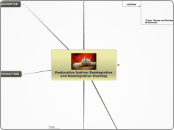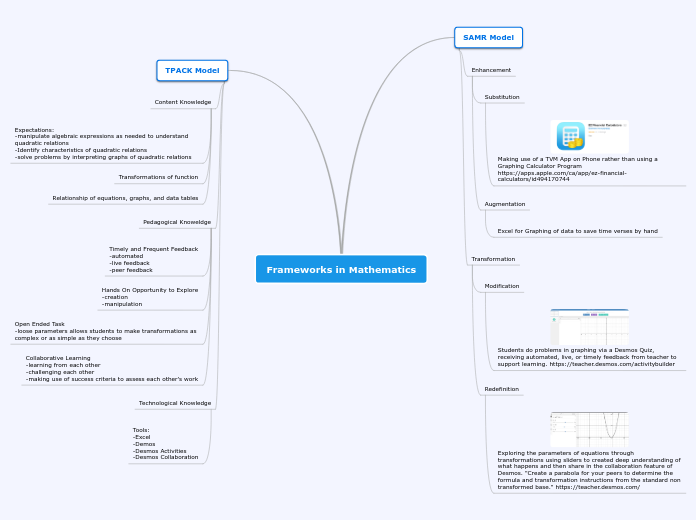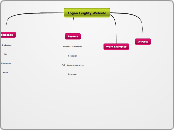From Abacus to Computational Thought
Philosophy of mathematics
Philosophical reflection on mathematics is explicitly present in the origins of Western Philosophy. It is possible to identify at least three reasons why mathematics has aroused this interest. Mathematics exemplifies, first of all, several traditional distinctions of philosophical reflection: one and multiple, eternal and changing, intelligible and sensible.
Mathematics Advances
Linear programming occupies an important place within mathematical models of economic or organizational phenomena, due to its general nature and because it allows the optimum of an economic function to be determined in a simple way.
With the proposed funded diet model, it can be seen that decision-makers in this area can count on a mathematical tool, linear programming, that allows them to make decisions about what, how much and how to plant with the budget they have, in such a way that It is adapted to the real conditions and the objectives are achieved.
Another important advance in the mathematics of the seventeenth century was the appearance of probability theory from the correspondence between Pascal and Fermat on a problem present in games of chance, the so-called points problem. This work was not published, but led the Dutch scientist Christiaan Huygens to write a small booklet on probability in dice games, which was published in the Ars coniectandi (1713) of the Swiss mathematician Jacques Bernoulli. Both Bernoulli and the Frenchman Abraham De Moivre, in their 1718 Doctrine of Chance, used the newly discovered calculus to rapidly advance their theory, which by then had wide applications in burgeoning insurance companies.
However, the most important mathematical event of the seventeenth century was undoubtedly Newton's discovery of differential and integral calculus between 1664 and 1666. Newton drew on the earlier work of two compatriots, John Wallis and Isaac barrow
Objects used in mathematics
mathematics is not an invention, as it has always existed.
What if they are inventions are the objects used in mathematics, among some of them we have:
The Abacus
The abacus dates from 2,700 BC. roughly, and was one of the first sophisticated mathematical objects for the purpose of counting.
Conveyor
Invented in 1801 by Joseph Huddart, it was built to create and measure angles. This element was very useful for navigation at that time.
Rule
There are circular and straight rules, both were created by William Oughtred.
Graph
It is defined as a pictorial representation of data between variables. Its creation is attributed to William Playfair.
Origin of mathematics
Zero was born in India, but was baptized in Europe. It was the Italian mathematician Fibonacci who popularized the Indian-born decimal system in the West and who began to use the word zero to designate the symbol of nothing.
Before the 1950s, the high school mathematics curriculum did not use concepts or exercises that included set theory theories developed during the 20th century. There were also no restrictions for the variables when properties were stated because, at the time, the study programs did not contemplate such knowledge.
In Algebra, emphasis was placed on the routine and mechanical, and a lot of time was devoted to solving an inordinate amount of exercises.
It should be mentioned that it is not possible to determine exactly when the first mathematical techniques were used in the history of mankind, since it is most likely that it was the accumulation of knowledge generation after generation.
Historians' assumptions indicate that the origin of keeping an accounting dates back to 35,000 years ago, in Swaziland, the object known as the Ishango bone or the Lebombo bone, the latter a baboon fibula with 29 marks that supposedly refers to the menstrual cycle of a woman, this assumption is due to the fact that more items were found with a number of similar markings.









